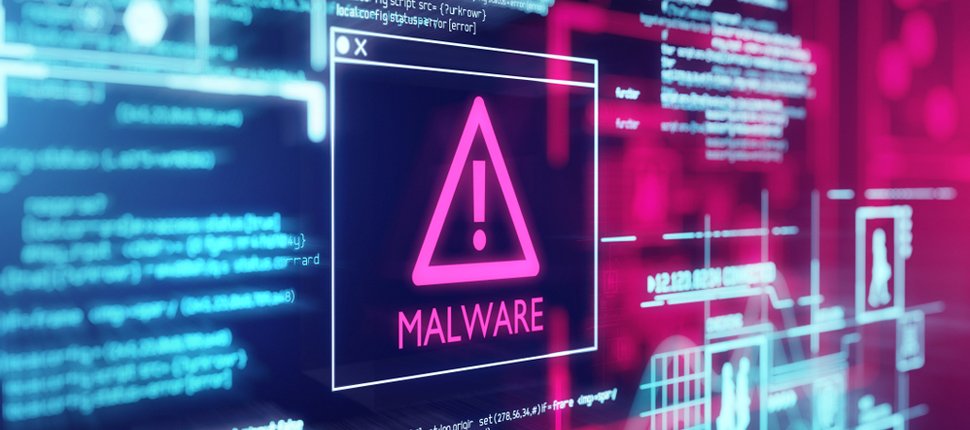
Malware (malicious software) In other words, malware is a set of applications that slow down the computer or mobile device, cause the computer to crash and steal information. It also makes your computer part of a botnet. Computers in the botnet network can be used for DDoS attacks. They can carry out cyber attacks against governments or institutions through your computer.
In general, it is hidden inside small applications that aim to use illegal software such as Crack and Patch. USB sticks or malicious websites you visit are among the ways it spreads. Malware is often hidden inside seemingly harmless files. When installing free software, attention should be paid to the installation details.
What are the Types of MALWARE?
- Virus
They are unauthorized pieces of code and small software that threaten the integrity, accessibility and confidentiality of existing user files, software or operating system on the computer, transferred without the user's request or consent. There are many types such as file viruses, boot sector viruses, macro viruses, network viruses, companion viruses, software bombs, cross-site scripting viruses, sentinels, Dos viruses.
- Trojan Horse (Trojan)
These are software that contain malicious code. They cannot operate on their own. Trojan horses are generally transmitted via e-mail. They can access your computer remotely, send e-mails, corrupt your data, hide in gateways, and many more.
- rootkit
Designed to remotely access or control a computer malware It is one of the varieties. It can execute files, steal information, change configurations. Usually, a rootkit-infected computer must be formatted and the operating system reinstalled.
- Worms
It is a subclass of viruses. They are self-replicating and, unlike viruses, do not require human action to quickly spread throughout your computer and the entire network. A worm can consume memory or network bandwidth and cause the computer to crash.
- Ransomware
It usually works by encrypting data on the computer with a key unknown to the user and asks you to pay a ransom to regain access to the files.
- Advertising supported software (Adware)
It is adware that attempts to expose users to unwanted, potentially malicious advertisements.
- Spyware
It is software that allows important information about users and their transactions to be collected without the user's knowledge and to send this information to malicious people. It often includes activity monitors, keystroke collection (key logger) and data capture. It may change security settings or interfere with network connections.
to computer malware If it is infected; It may cause increased CPU usage, decreased computer speed, frequent computer freezes, and decreased web browsing speed. In addition, unexplained problems in network connection, changes in files, unknown files or programs are symptoms that the computer may be infected with malware. If the computer is infected, restart the computer and log into safe mode, download a Malware scanning and removal tool. There are many paid or free malware removal tools. Search with the program you downloaded and delete the threats found, check your browser settings. If it is not deleted, you can format it as the last and clearest solution.